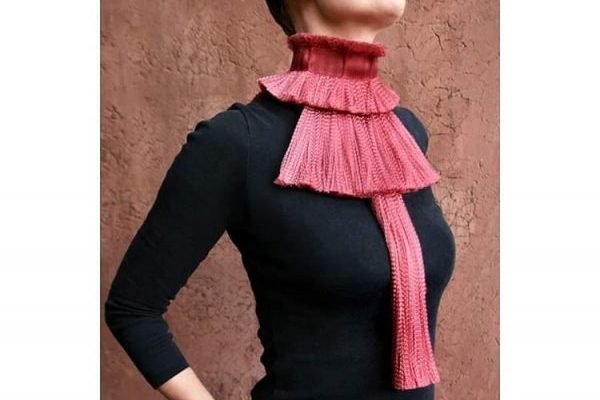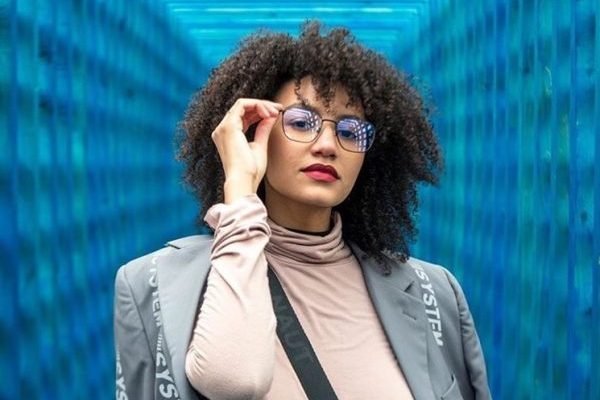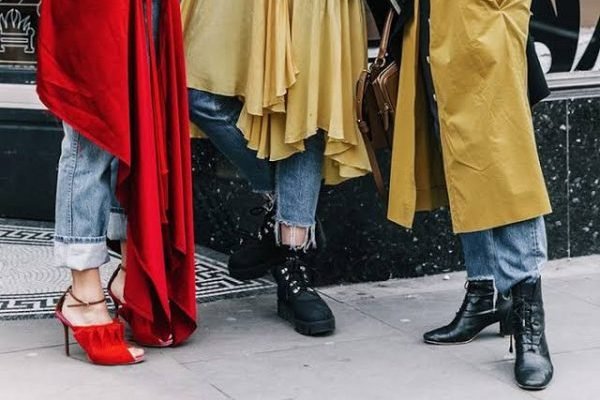
The United Kingdom is no stranger to the business of fashion, with the capital city headlining as one of the epicentres of the international fashion industry. Even today, the British fashion industry is the leading creative economy in the United Kingdom. Working in the British fashion industry equals a fast paced lifestyle where inspiration is abound and the rules of the game are constantly changing.
The British don’t settle for the status quo when it comes to fashion. The rule of the thumb seems to be to never look too polished as opposed to what you might see in movies. Also, the fashion choices are very much governed by the fickle weather which leads to people having staples in their closets that go with it. To stand out, an edge is required. And that edge largely what British fashion is all about. It’s fun, it’s risky, it’s sophisticated and it’s very diverse.

When it comes to representation though, this diversity fails to translate on the ramp. Until as recent as five years back, models at London Fashion Week were of the standard size and shape. There were models of color, but many claim they did not get jobs as easily as their white counterparts. British fashion is in many ways limited to a single facet of it which is an injustice to the varied mix of individualities it actually is.
Recently, though, times have been changing. More and more designers are including models in their shows that defy the toxic standards of beauty so rampant in today’s world. Labels like Teatum Jones proudly hire models in wheelchairs and those with prosthetic limbs while designers like Steven Tai consciously include models with conditions like alopecia in their shows. There is much more diversity in the spotlight than there was before. However, there have been incidents of people of color being moved back from the front rows and those of models and agencies where they have complained about getting a show and being a token model there but other than that not being contacted until the plus size fashion week. A large part of the fashion industry, especially of late, have learnt to use diversity purely as a means of marketing.

There is also a different story on the streets. Street style photographers wait outside 180 Strand during London Fashion week for a snapshot of the fashionable elite as they make their way to and from the shows. But besides a few publications that display the diverse set of attendees, most of these photographs when published are an album of mostly white skinned women. Where are the women and men of color in their regalia? Where are the body positivity fashion bloggers? And what about the older patrons who are clearly dressed to kill? These people exist. They are present but ironically, are always missing from the coverage of such events. They are getting systematically eliminated by either the photographer or at the editorial stage.
All of this begs the question – Is inclusivity in British fashion just a trend? Is it just a PR stunt for a world which is increasingly becoming more aware? British fashion industry seldom highlights the variance in British style to the world and has maintained an air of monoculture which is quite frustrating in this day and age. Change is coming and things are certainly better than how it was two decades ago. But we definitely have a long way to go to bring the attention of the world on the diversity in style and fashion from across the United Kingdom.
-Sania Imran / edited by Soha Joshi
Follow the AISPI Instagram and blog for more on the latest in fashion from the European fashion community.
Read more

In an industry saturated with brands serving every variation of an outfit or accessory, finding a niche can be quite a task and making sure the brand is sustainable from the get go, even more so. ...

As a team, we take great joy in curating the best of the local fashion that Europe has to offer, and sometimes, we are left with one too many options to fit in one post. That is why we bring to yo...


